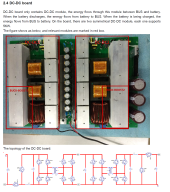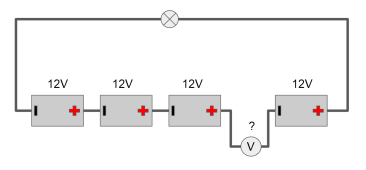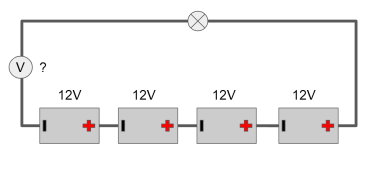TorC
Solar Enthusiast
- Joined
- Jan 13, 2022
- Messages
- 514
@HighTechLab Nicely done on the video, and excellent visual on what I described.
Despite planning to use tier-1 Outback charge controllers, I'm still looking at this as a point of failure, especially as two or more SCCs are in the system, any one of which failing the wrong way could cause this, and thinking an extra watchdog in the system seems like a worthwhile idea. If my latest comments in the other thread pan out, I think we're looking at $100-$200 to put in a system that provides an extra failsafe in this situation.
@jharrell While it might be nice to prove out the over current, I'm comfortable the voltage test shows it works as advertised. Overcurrent is just the BMS monitor saying to the system "Hey, the charger is putting out too much current. Turn off the flow," which is just what it did in the above overvoltage test: That SOK BMS was just shown to be a, if you will, 50V dam. Doesn't matter whether that 50V can push 2A or 2000A, much like a 50' wide dam 50' high doesn't care whether it is holding back a two acre lake or a 2000 acre lake - the pressure is the same either way. The only difference is how much damage can be done in case of failure.
Despite planning to use tier-1 Outback charge controllers, I'm still looking at this as a point of failure, especially as two or more SCCs are in the system, any one of which failing the wrong way could cause this, and thinking an extra watchdog in the system seems like a worthwhile idea. If my latest comments in the other thread pan out, I think we're looking at $100-$200 to put in a system that provides an extra failsafe in this situation.
@jharrell While it might be nice to prove out the over current, I'm comfortable the voltage test shows it works as advertised. Overcurrent is just the BMS monitor saying to the system "Hey, the charger is putting out too much current. Turn off the flow," which is just what it did in the above overvoltage test: That SOK BMS was just shown to be a, if you will, 50V dam. Doesn't matter whether that 50V can push 2A or 2000A, much like a 50' wide dam 50' high doesn't care whether it is holding back a two acre lake or a 2000 acre lake - the pressure is the same either way. The only difference is how much damage can be done in case of failure.







